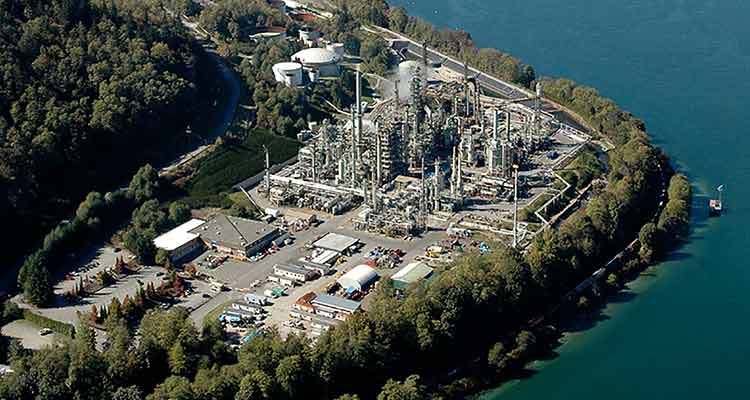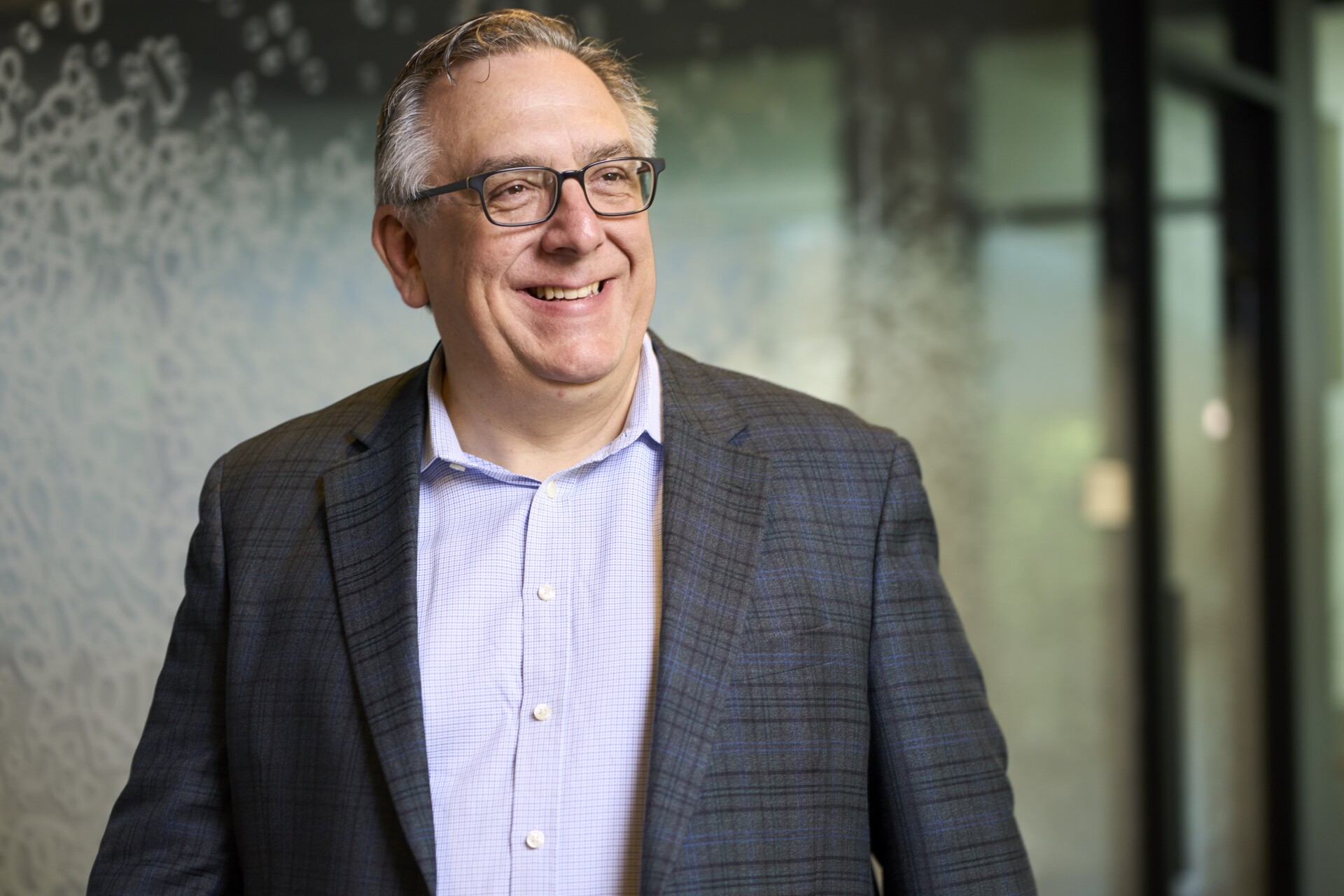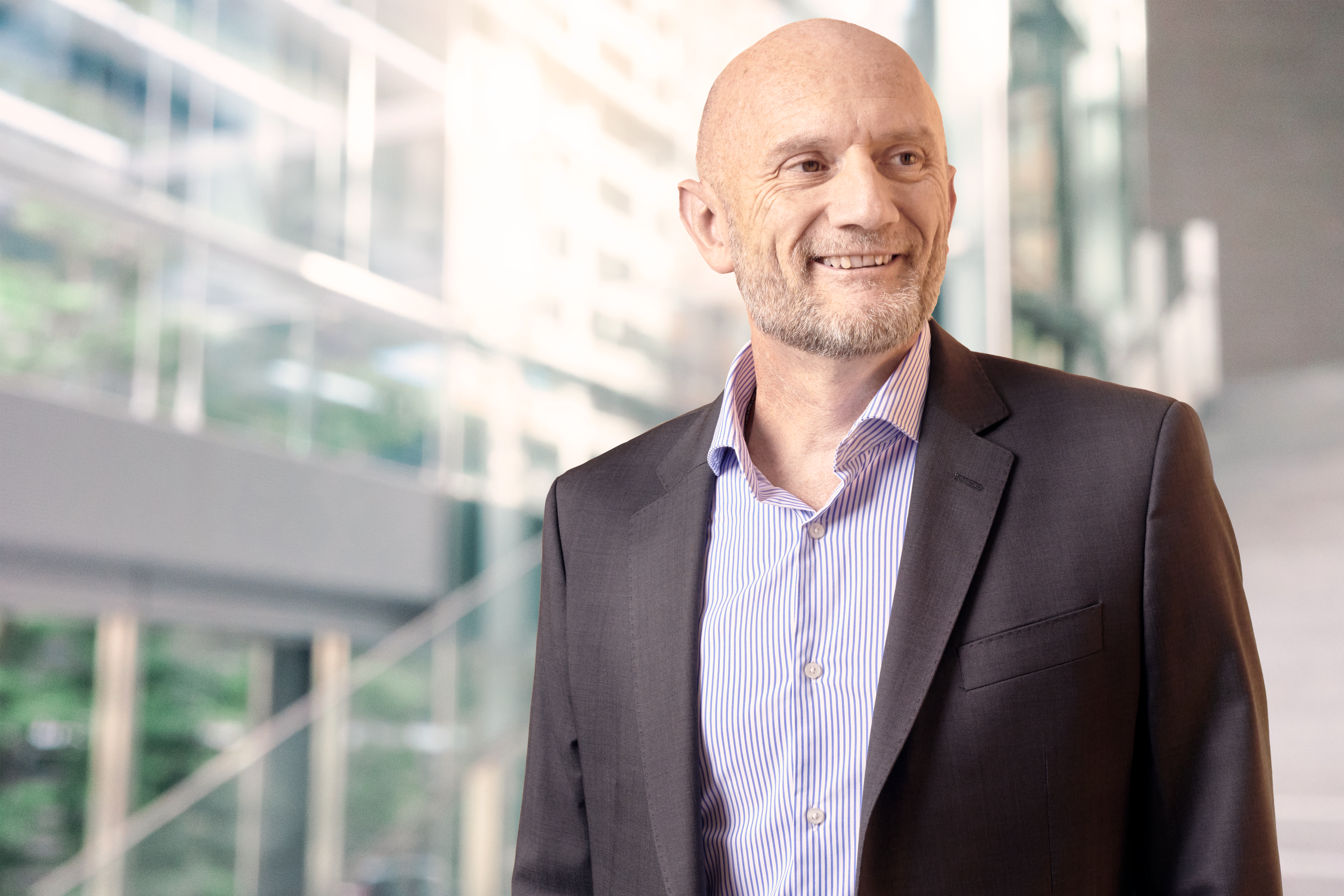Turning Around Employee Engagement
Soon after Steven Parker took the helm at Chevron’s Burnaby refinery in British Columbia, Canada, in 2013, something began to worry him. On the surface, the facility ran like a well-oiled machine. But festering resentments from employees at all levels of the organization threatened future success.
The plant, which produces up to 57,000 barrels of product every day—including gasoline, asphalt, and diesel and jet fuels—consistently reported positive bottom-line results. But employee satisfaction was bottoming out. The facility’s 300 employees had a lower level of engagement than any other Chevron business unit in the world, according to the latest employee survey taken in 2012.
It was a problem that Mr. Parker could not allow to continue.
“If people aren’t working together in a very positive relationship, there’s a safety risk,” he says.
There was also a major business risk. In an industry already contending with a multitude of potential threats and disruptions—from escalating cyberattacks to volatile fuel prices to a decreasing number of skilled employees—Mr. Parker knew that ultimately, productivity hinged on happiness.
“We needed to have a workplace environment where people liked and respected each other, and as a result were prepared to go the extra yard,” he says. “We will never win just because of our equipment. We will win because we have a capability that’s better than any of our competition. If people come to work and do just what’s required and nothing more, that would risk the success of the whole business.”
So Mr. Parker set about implementing a culture change—transforming from one that put profits above people to one that viewed the safety and satisfaction of the workforce as a key to continuous positive performance. “A manager manages for the moment. But as a leader, you’re leading from one place to another,” Share on X he says. “You can easily get overwhelmed by managerial, short-term necessities, but if you get consumed by that, you don’t invest enough time in future viability.”
The Root of the Problem
Before any transformation could begin, Mr. Parker had to uncover the factors leading to such dismal engagement numbers. He started by establishing an employee engagement team. Together the team combed through the comments from the latest employee survey and sat down with workers to develop an employee engagement matrix that identified “what gets in the way” of engagement.
“When I started out, it was about the authoritarian personality–——–a command-and-control structure. You try to lead that way today, and you won’t have an organization. You have to be more attuned to the needs of a diverse group of individuals and engage people in an authentic way.”
—Steven Parker
“We set up team engagements with every single work group, no matter what the function, to break down those areas and engage each team to say, ‘What would a step in the right direction look like for you?’” Mr. Parker says. “Each group worked the common themes, but the actual to-do items that they developed were tailored to the needs of each group, so that is how we broke it up and defined what we could do.”
In the end, the engagement team determined there were four primary barriers to worker happiness: communications, professional development, support and work-life balance—or, as Mr. Parker calls it, work-home balance. (“Work is part of your life,” he says.)
From there, Mr. Parker set about addressing each barrier individually. But he did not simply dictate the changes to be made and expect everyone to fall in line. Instead, this transformation required him to enroll and inspire employees at all levels to change their mindsets and ways of working.
“When I started out, it was about the authoritarian personality—a command-and-control structure,” says Mr. Parker, who is originally from Australia and has been in the industry for nearly four decades. “You try to lead that way today, and you won’t have an organization. You have to be more attuned to the needs of a diverse group of individuals and engage people in an authentic way.”
Laying the Foundation
Without the bedrock of good communications, Mr. Parker felt that any other change efforts would flounder. So he focused his energies in that domain at the start.
According to the engagement matrix, employees felt effective communication was inhibited by the organization’s siloed structure and the lack of voice they were given in decision-making processes.
“A manager manages for the moment. But as a leader, you’re leading from one place to another. You can easily get overwhelmed by managerial, short-term necessities, but if you get consumed by that, you don’t invest enough time in future viability.”
—Steven Parker
To change these dynamics, Mr. Parker championed effective two-way communication. He advised his direct reports and all front-line supervisors to seek input from and listen authentically to their teams. Under Mr. Parker’s guidance, supervisors began to have more open and respectful dialogues with their teams. “We want everyone to speak their minds, to debate, to have differences of opinion,” he says.
“One of the things we established in the early days is that organizational performance and contentment comes down to the quality of conversations,” says Don Durand, an Insigniam consultant who worked with Mr. Parker on this transformation at the Burnaby refinery. “An inhibitor of effective communication was the assumptions each of the work groups held about other work groups. We examined these assumptions, which helped to re-establish more effective relationships and communication.”
In addition to opening the channels of communication, Mr. Parker expanded the modes of communication. He understood that his employees, who span several generations, had different communication preferences. So the Burnaby plant began utilizing a wide array of communication methods—emails, memos, videos, large town hall-style assemblies and face-to-face conversations. “If I’m offering a webcam conference and only one in 10 employees sees it, that’s good. No one mode of communication is one-size-fits-all,” he says. “We found all the diverse ways people like to engage in communications.”
This newly open and transparent atmosphere had a bonus effect: It helped Mr. Parker shed light on past grievances many employees were holding onto. Chief among those complaints was the handling of Burnaby’s 2003 transition from a fairly autonomous facility to a business unit controlled by Chevron’s U.S. headquarters. That change had not been adequately managed, and promises were made that were ultimately not kept, Mr. Parker says. So in the years following, even when Chevron’s head office presented perfectly sound ideas to the Burnaby facility, they were met with resistance.
“What seemed to be a center of gravity of resentment was a corporate promise not kept eight years earlier,” Mr. Durand says. “In the absence of real information and the real reason why the promise was revoked, many interpretations were made and henceforth were a reason to not trust senior management. I’ll never forget the work session when Mr. Parker shared the real reasons for the revocation of the promise. One of the employees said, ‘I wish we had that information eight years ago. It would have made a difference.’”
With improved communication practices now the norm, Mr. Parker and his team felt they could tackle this issue along with the other problem areas they had identified. For work-home balance, employees indicated there was often not enough time to finish assigned tasks, so the leadership team worked to establish guidelines for meeting frequency and conduct, freeing up more time during the workday to finish those duties. Mr. Parker also realized that some individuals with critical expertise knew they might receive an emergency call at any time of day or night, so they felt constantly on call. To curb that practice, leadership established distinct on-call periods for every employee so they would not have to worry about being summoned back into work at any given point of the day.
Mr. Parker also began to clarify what professional development at Chevron would look like for every employee, from administrators to engineers. That involved writing down and making available the steps employees needed to take to grow their careers. From there, each employee was given a development goal and offered opportunities for one-on-one coaching.
To provide more support, Mr. Parker made sure all supervisors had received training in administration and management. “If you are a supervisor and you’re working on how to allocate vacation or how your team members manage their time, we have to make sure all supervisors are proficient in the basic administration of their jobs,” he says. “If you don’t do that, you create a lot of dissatisfaction because someone says, ‘I’ve been treated differently than another group.’ It’s amazing how much work that creates if people feel aggrieved by some inequity. So part of our training is to make sure all supervisors know the bread and butter basics of managing their teams.” And when supervisors indicated that their lack of support or involvement stemmed from a lack of time to interact with teams, he offered up resourcing help to free up that space on their calendars.
“If people aren’t working together in a very positive relationship, there’s a safety risk.”
—Steven Parker
New Culture in Action
Mr. Parker saw the fruit of his labor during a project to create a new permit-to-work system—the procedures for performing any task in compliance with safety regulations. If he had instructed his supervisors to execute it the old way, they would have simply published the procedures and then told their teams to abide by them. “Then we would be scratching our heads for years afterward wondering why people were not fully adopting the change,” he says. Instead, the supervisors solicited their teams’ opinions on the existing system’s strengths and weaknesses.
“You have to bring all the ideas to the table and say, ‘Here’s a better way of working,’ and then listen to people’s reactions so that they buy into the change,” he says. “If you don’t do that change management, you get passive resistance.”
While such a project typically would have taken only a couple of months, the new permit-to-work system took almost a full year to create. “During this process, Mr. Parker and his leadership team listened to input on and suggested modifications to the permit system. Including the employees in this process made the difference,” Mr. Durand says.
Mr. Parker adds, “It might take longer to deploy it the right way, but you get all that back by not getting pushback for years to come. People got behind the change—and that’s been a common theme throughout the [entire refinery].”
Continuous Improvement
While driving Burnaby’s transformation, Mr. Parker knew he also had to manage expectations about how much could be achieved—and how quickly. “If I went out and said, ‘Here are the gap areas, and we’re going to fix them in one or two years,’ everyone would be disappointed,” he says. Instead, he let his employees know that change would be an evergreen, continuous process.
“Now people say things are getting better. Is it perfect? No. But it’s on an upward trend, rather than downward,” Mr. Parker says. “That’s a critical change.”
It is a measurable change, too: From 2012 to 2015, Burnaby’s employee workplace satisfaction shot up 31 points—from 57 percent to 88 percent.
And as Mr. Parker had predicted, improved engagement led to improved performance. Each year, Chevron refineries’ balanced scorecards indicate performance in areas such as safety, reliability, profitability and cost management. A score of 1,000 indicates that a plant has outperformed comparable Chevron plants. Over the past decade, Burnaby’s scorecard came in as low as 300. But in 2014, a year into Mr. Parker’s tenure, Burnaby scored just over 1,000. In 2015, the plant scored 1,210—its highest grade ever.
“For the first time in the history of the plant, we have had two consecutive years of winning performance,” he says. What makes that feat even more impressive is that the criteria get tougher as the facility gets better. The higher a facility’s score, the harder it is to maintain.
“People like to be on a winning team,” Mr. Parker says, “but a true winning team doesn’t just win once—it puts together back-to-back, consecutive years of performance.”




